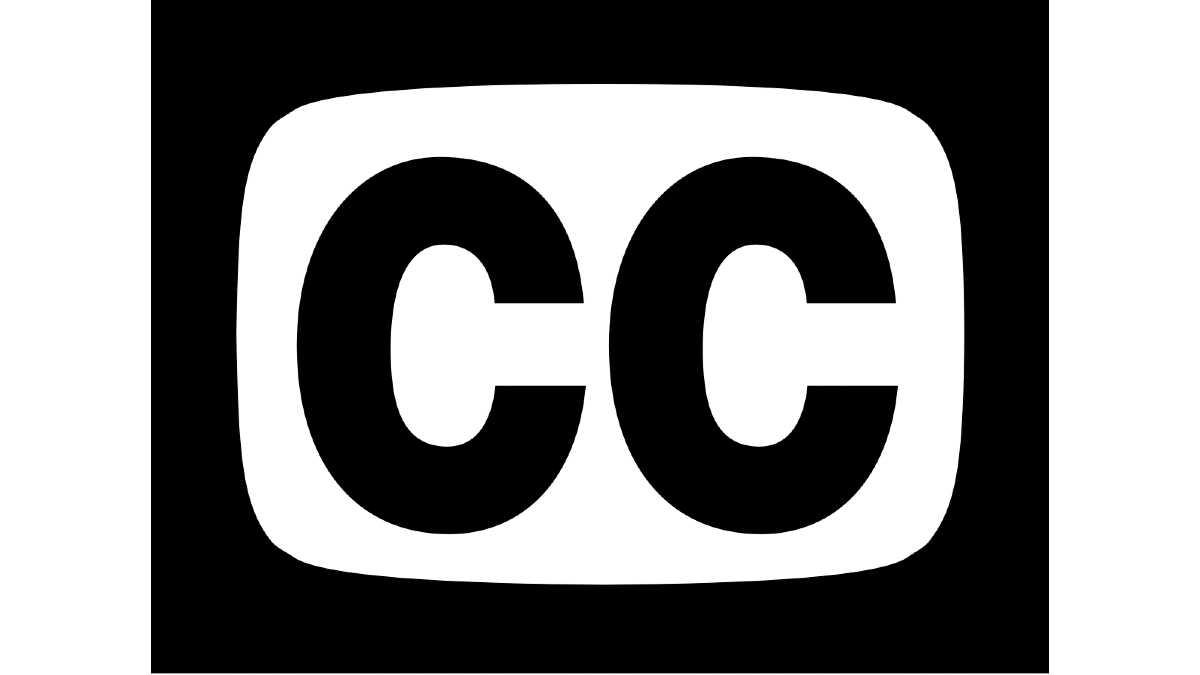 We must consider the use of audiovisual accessibility tools as mechanisms to support social inclusion processes, and as facilitators of greater autonomy and quality of life for people.
We must consider the use of audiovisual accessibility tools as mechanisms to support social inclusion processes, and as facilitators of greater autonomy and quality of life for people.
By:
Mg. Luis Fernando Gutiérrez Cano
Mg. Luis Jorge Orcasitas Pacheco
It is undeniable that the gradual implementation in Colombia of Digital Terrestrial Television, DTT, can mean an excellent juncture so that both the Colombian State and the agents that make up the public television system can, in a reciprocal and orderly manner, formulate, develop, execute and integrate tools that help institutionalize policies and schemes to propose a television model for all.
As Utray, Echegaray and Ruiz (2010) point out, in particular, with a focus on people with visual and hearing disabilities, that in the country, according to the National Administrative Department of Statistics, DANE (2005), 1.1% of the population are people with hearing disabilities and 43.5% of the total number of disabled people have some degree of visual impairment.
Taking into account that historically the Colombian television medium has not been able to completely break down those accessibility barriers that have existed, even since the analog stage, it is essential that in the new digital scenario, the integral inclusion of groups of people with visual and hearing disabilities is allowed, so that they are not left out of the medium and thus have the same access rights as other citizens, because it is not feasible to properly highlight an effective television when it is not willing to consider all audiences in areas such as information, culture and entertainment (Gutiérrez Gea, 2000).
Digital TV Manifesto for people with visual and hearing impairments
In accordance with the above, we proceed to consider those instances so that the public television system in Colombia and the new DTT technology can include people with visual and hearing disabilities, and the indispensable measures to generate participation and total integration are favored.
1. It is necessary to consider instruments that offer the possibility of expanding accessibility options in audiovisual media, allowing people with visual and hearing disabilities to become more closely involved with television content as a substantial action of social responsibility.
2. Those accessibility resources offered by analog television, such as closed caption, subtitling and sign language interpreter, but now in digital television, should be implemented and enhanced and incorporate services such as audio description for people with visual disabilities, hitherto unpublished in Colombia.
3. The use of audiovisual accessibility tools should be considered as mechanisms to support social inclusion processes, and as facilitators of greater autonomy and quality of life for people with visual and hearing disabilities.
4. The agents that intervene in the digital television ecosystem in Colombia must guarantee comprehensive access to all citizens to both public and private media, taking as a reference framework the design for all methodology, essential to achieve Universal Accessibility in the Colombian television medium.
5. The Colombian State, from the corresponding legal and regulatory bodies, must determine what is to be constituted as the ideal regulatory scenario for the television sector.
6. A standardized technical standardization must be established, based on the Design for All, which specifies the obligatory nature of the accessibility criteria.
7. The Colombian television universe cannot ignore television operators, whether public or private, that contravene the regulatory mechanisms established by law.
8. Subtitling, closed caption and sign language interpreter for the hearing impaired population continue to be effective technological options for operators and users of the television service, to this is added the characteristics and facilities offered by the DVB-T2 standard, implemented in Colombia.
Now it is a question of proposing that the declaration of this manifesto be included within the political structure of the Colombian State so that it can affect the digital television system in the country, as Vallés (2000) points out.
This simplified representation of the political system, from a cybernetic vision, conceives the State as an organization that receives social demands and is responsible for its regulation; processes them through the competent organisations; it provides solutions to the problems expressed by citizens and, finally, is responsible for controlling the results. As a public policy, and thought of as a system, it sends permanent information to those responsible with the purpose of feeding it again and again in the face of the new demands of people with disabilities that arise during this process (Idem, 2000).
The manifesto within this simplified representation of the political system, is located within an economic, political and social environment, and arises from the conflicts that people with disabilities have expressed with respect to the access, use and appropriation of DTT. The analysis should be continued in terms of the socio-technical and financial capacities that the sector must absorb to generate a true appropriation of this technology by people with disabilities.
The system should continue to extract the demands that feed it, in order to detect the aspects in which changes in the policy should be made; these actions become the system inputs. Hence, for the production of political decisions, understood as the outputs of the system, the design is proposed an instrument for decision-making that serves all the agents that participate in the sector and that contributes, in addition, to the process of feedback of what has been said and analyzed from the social environment.
Finally, the development of these tasks becomes the way to regulate conflicts through the processes that are established for the feedback of the system; therefore, it entails the generation of public policies in DTT for people with disabilities.
References
National Administrative Department of Statistics, DANE. (2010). Disability statistics.
Registry for the Location and Characterization of Persons with Disabilities – RLCPD. Bogota, Colombia. https://www.dane.gov.co/files/investigaciones/fichas/poblacion/ficha_discapacidad.pdf.
Gutierrez Gea, C. (2000). Quality Television: Research Perspectives and Criteria
of Evaluation. Basic demands of the public for information, entertainment and leisure. Zer Magazine, 5(9), 1-17. https://ojs.ehu.eus/index.php/Zer/article/view/17445/15217.
Utray, F., Echegaray, L. & Ruiz, B. (2010). Attitudes and expectations of the group of people with
disability towards television. Pangaea. Journal of the Ibero-American Academic Network of Communication, 1(3), 54-73. https://revistapangea.org/index.php/revista/article/view/11/9-
Valles, J. (2020). Political Science: An Introduction. Ariel Publishing House.
Mg. Luis Fernando Gutiérrez Cano and Mg. Luis Jorge Orcasitas Pacheco, are professors of the Pontifical Bolivarian University in its headquarters Medellín.


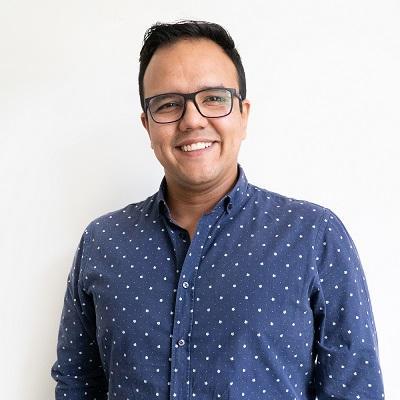
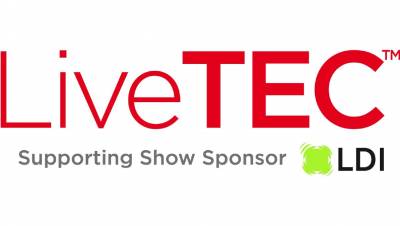
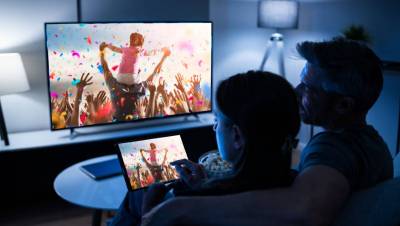
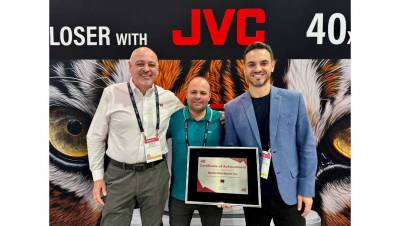
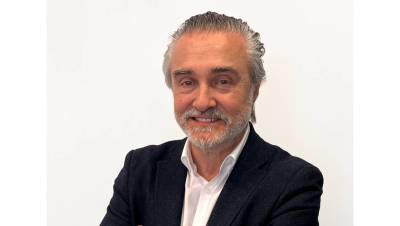
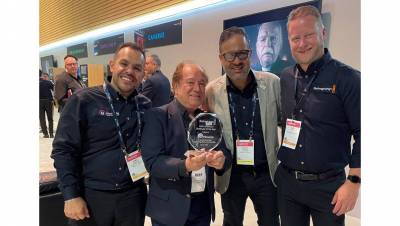
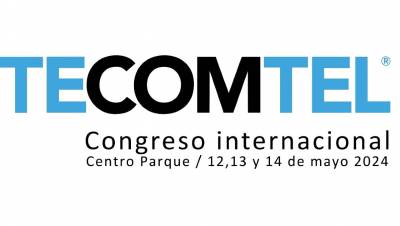


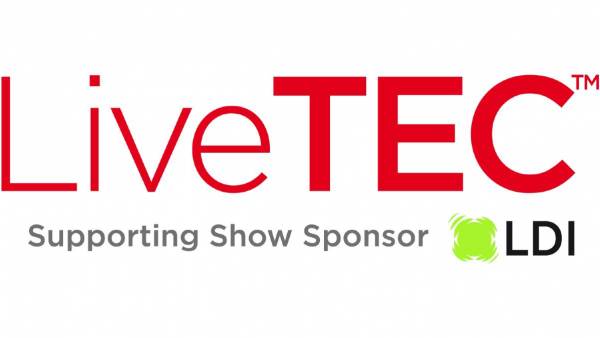
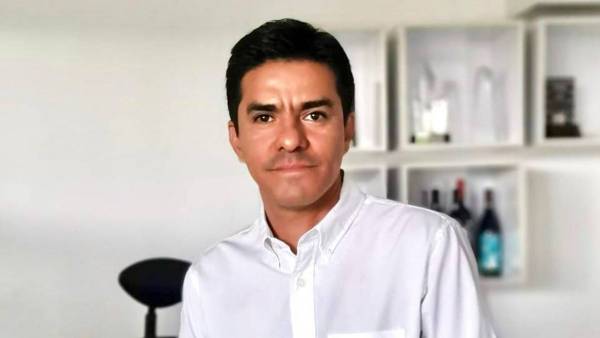
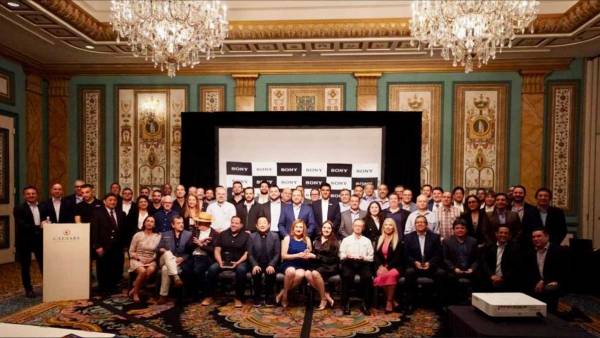
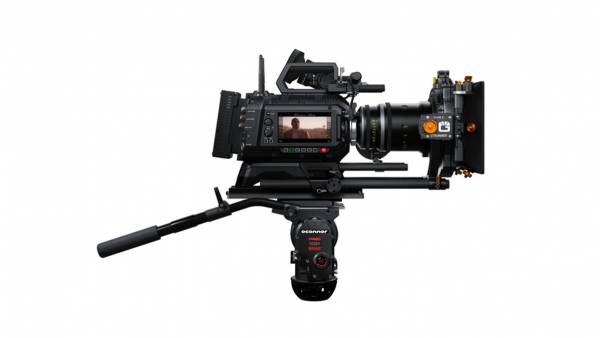
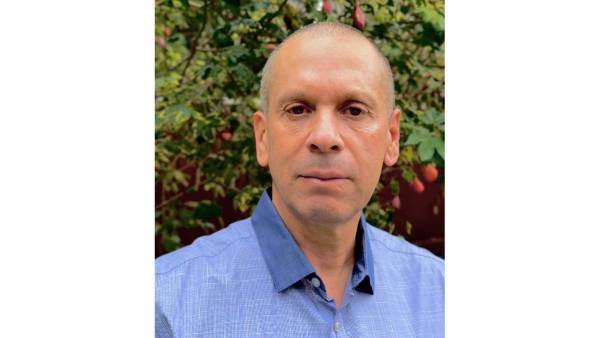
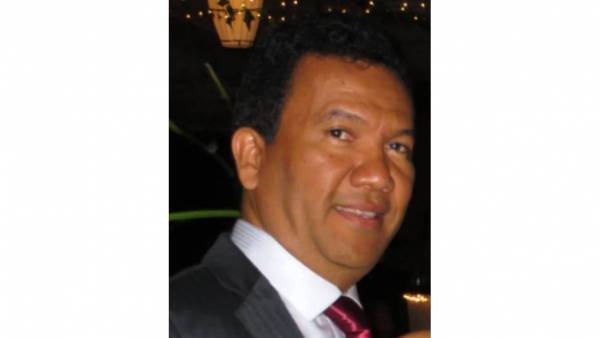
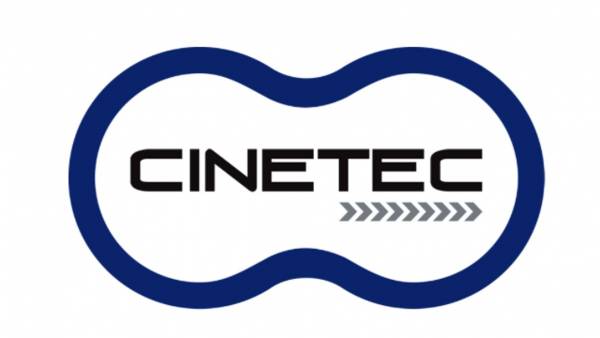






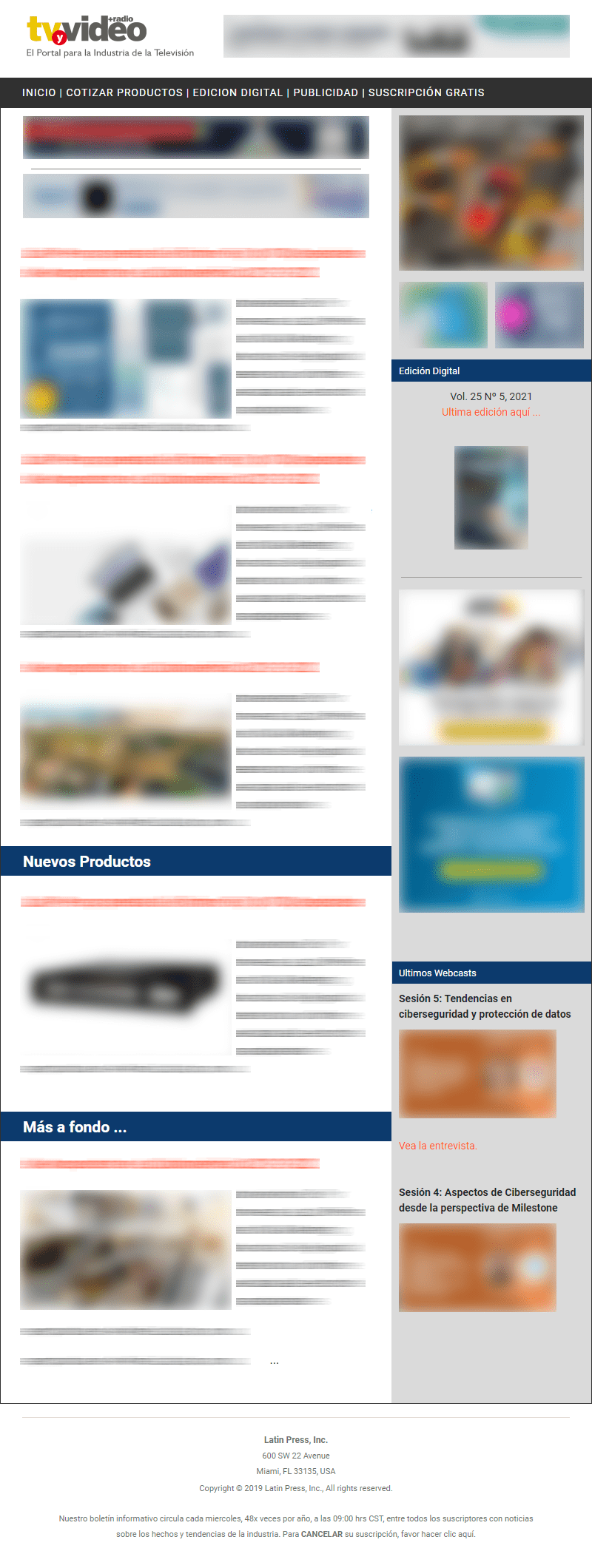
Leave your comment